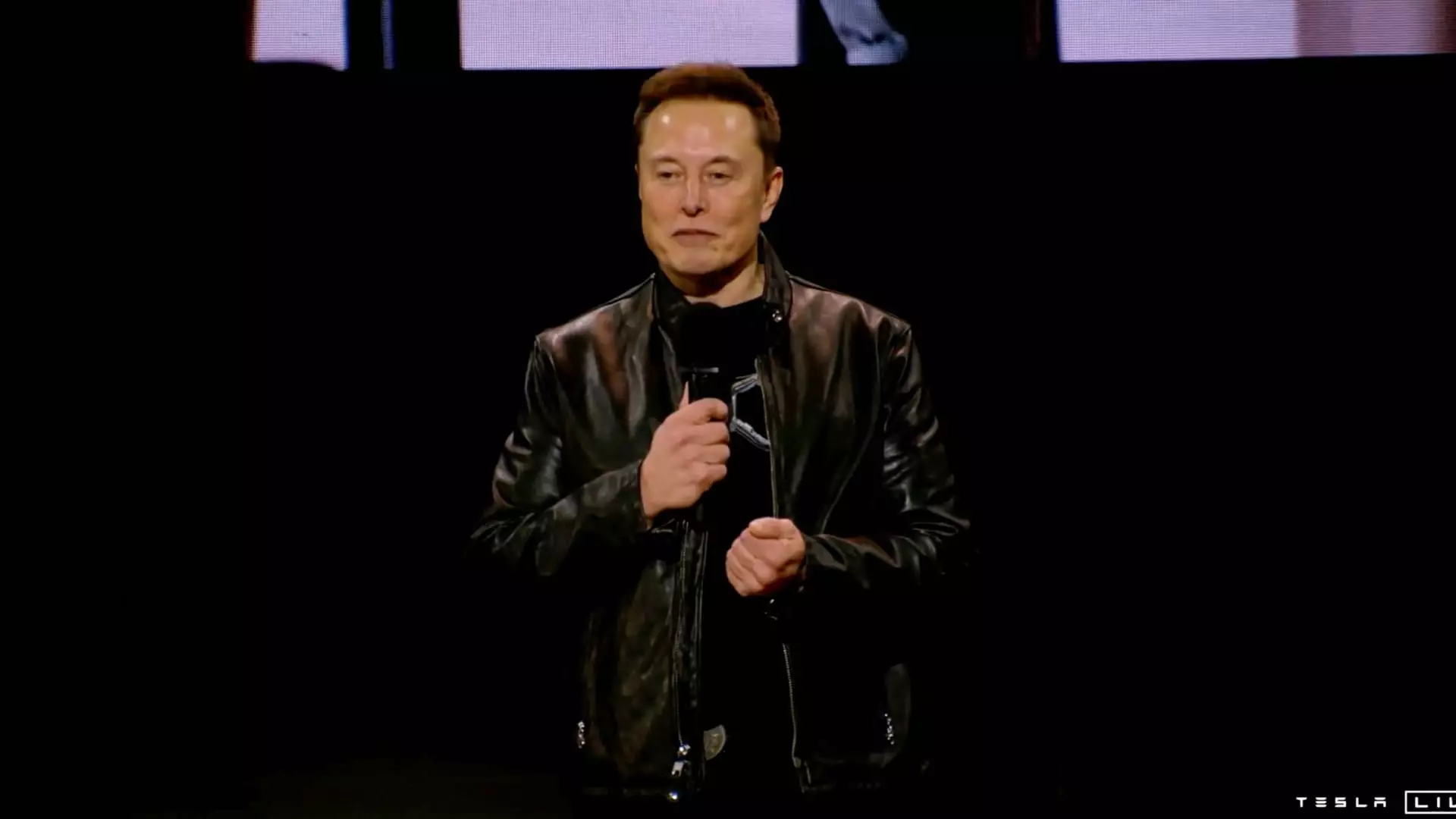In recent discussions surrounding vehicle safety and autonomous technology, Tesla has found itself under the scrutiny of the National Highway Traffic Safety Administration (NHTSA). The NHTSA has raised concerns that Tesla’s social media communications irresponsibly portray its cars as fully autonomous, which could mislead drivers into believing they can disengage from the driving task altogether. This poses significant ethical questions about responsibility in messaging, especially concerning public safety.
Gregory Magno, the NHTSA’s chief, highlighted a critical tension between Tesla’s advertised capabilities and the reality of its Full Self-Driving (FSD) system. Despite being marketed as a substantial leap toward autonomy, Tesla’s technology requires driver oversight. The juxtaposition of these elements leads to confusion; drivers who rely on the vehicle inappropriately may assume they can treat it as a fully autonomous system. For instance, social media posts showcasing drivers using FSD under circumstances like medical emergencies or driver fatigue irresponsibly suggest an overreliance on the technology whilst contradicting safer driving principles.
Magno’s communication pointed to specific posts that flaunted the system’s supposed advantages—in one case, a driver relied on FSD during a potential heart attack. Such portrayals dangerously blur the line between assisted driving and complete autonomy, leading users to believe they can relax their vigilance.
The ramifications of these misleading messages could be grave. With the surge in popularity of Tesla’s stock and its widespread social media presence, the potential for drivers to misinterpret the capabilities of FSD is substantial. This misunderstanding could result in tragic accidents, as seen in some high-profile incidents where FSD was engaged in the moments prior to crashes. The urgent need for clarity in communication has become even more pressing, as the NHTSA’s warnings indicate a critical moment for the EV leader to reassess its digital outreach strategies.
Moreover, with NHTSA initiating an investigation into the safety parameters of Tesla’s FSD, the stakes for transparent and responsible communication are at an all-time high. The agency’s findings could have far-reaching implications, not only for Tesla’s operations but also for industry standards governing autonomy in vehicles.
As we stand on the cusp of a transforming automotive industry defined by increased automation, it is imperative for manufacturers to advocate for responsible innovation. Tesla must realign its marketing narrative and social media presence to reflect the current state of its technology accurately. Enhancing user safety and ensuring that drivers understand the limitations of their vehicles’ capabilities should be paramount in Tesla’s strategy moving forward.
The trajectory of Tesla’s FSD technology is undoubtedly ambitious, aiming for a future where autonomous driving becomes a reality. However, with great power comes great responsibility. The company’s commitment to consumer education and safety should reflect not only in its technological innovations but also in how these innovations are communicated to the public. The challenge lies in balancing the allure of cutting-edge solutions with the essential mandate of ensuring driver safety on the roads.


Leave a Reply